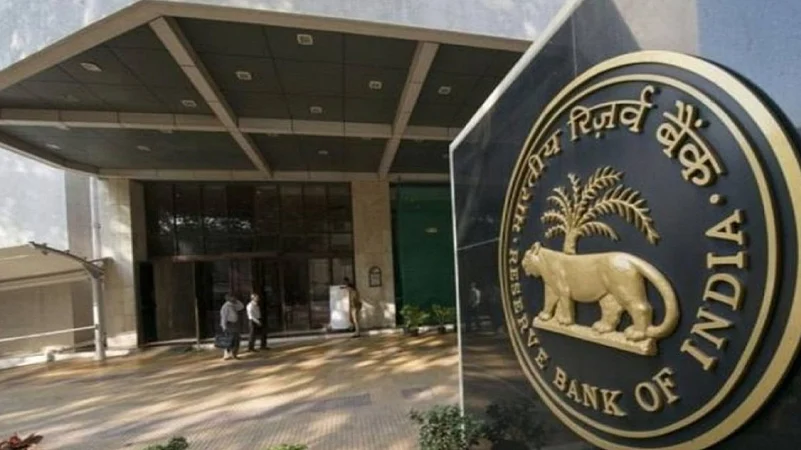The government on Monday ruled out making public the RBI report detailing the reasons why the central bank could not keep inflation within the targeted 6 per cent upper limit for three consecutive quarters.
"Yes sir, RBI has furnished a report to the central government, as mandated under Section 45ZN of the RBI Act, 1934 and Regulation 7 of RBI Monetary Policy Committee and Monetary Policy Process Regulations, 2016," minister of state for finance Pankaj Chaudhary said in a written reply.
The said provisions of the RBI Act, 1934, and regulations therein do not provide for making the report public, he said.
The average inflation was above the upper tolerance level of the inflation target, which is 6 per cent for 3 consecutive quarters during January-September, 2022.
During the January-March quarter, the average inflation was 6.3 per cent, in the April-June period it was 7.3 per cent and it eased to 7 per cent in the September quarter.
It was the first time since the monetary policy framework came into effect in 2016 that RBI had to give an explanation to the government.
The retail inflation based on Consumer Price Index (CPI) has remained above 6 per cent since January 2022. It was 7.41 per cent in September. The six-member MPC headed by Governor Shaktikanta Das factors in retail inflation while deciding the bi-monthly monetary policy.
Since May, the RBI has raised the short-term lending rate (repo) by 2.25 basis points, taking it to a nearly three-year high of 6.25 per cent.
In August 2016, the central government notified 4 per cent CPI inflation as the target for the period from August 5, 2016, to March 31, 2021, with an upper tolerance limit of 6 per cent and the lower tolerance limit of 2 per cent.
On March 31, 2021, the central government retained the inflation target and the tolerance band for the next five-year period from April 1, 2021 to March 31, 2026.
Replying to another question, Chaudhary said, soaring commodity prices at the international level and pandemic-induced supply-demand imbalances have caused a rise in the inflation rate worldwide, including in India.
The Russia-Ukraine conflict has exacerbated the inflationary pressures in crude oil, gas, metals and edible oils (sunflower), he said.
Further, he said, the onset of heat waves and uneven rainfall in the later part of the monsoon season has led to crop damage and a rise in vegetable prices. Recently, the inflation rate has come down to 6.77 per cent in October 2022.
The price situation of major essential commodities is monitored by the government on a regular basis and corrective action is taken from time to time, he said, adding, several supply-side measures have been taken by the government to address inflation and to ensure that the poor do not have to bear the extra financial burden.
These included reduction in excise duty by Rs 8 per litre on petrol and Rs 6 per litre on diesel on May 21, 2022, prohibition of export of wheat products, imposition of export duty on rice, reduction in import duties and cess on pulses.
In reply to another question, he said, the foreign exchange reserves of India stood at USD 607.31 billion as on March 31, 2022, and it declined by USD 74.65 billion to USD 532.66 billion as on September 30, 2022.
"The changes in the foreign exchange reserves are mainly due to the revaluation of foreign currency assets to reflect prevailing global market conditions and on account of market intervention operations of the Reserve Bank of India to smoothen exchange rate volatility," he said.
On Sukanya Samriddhi Yojana, Chaudhary said, the number of persons benefitted throughout the country with the launch of the scheme so far till October 31 is 31,82,568.
RBI Report On Inflation Target Breach Will Not Be Made Public, Says Govt
As mandated by RBI Act of 1934, the central bank had submitted a report explaining why inflation target was not met for three straight quarters

Reserve Bank Of India
Reserve Bank Of India














 Just one email a week
Just one email a week